Spring Boot application 文件加载
- Author: HuiFer
- 源码阅读仓库: SourceHot-spring-boot
如何找到这个加载的过程
创建配置文件
application.yml全局搜索 yml

换成
properties搜索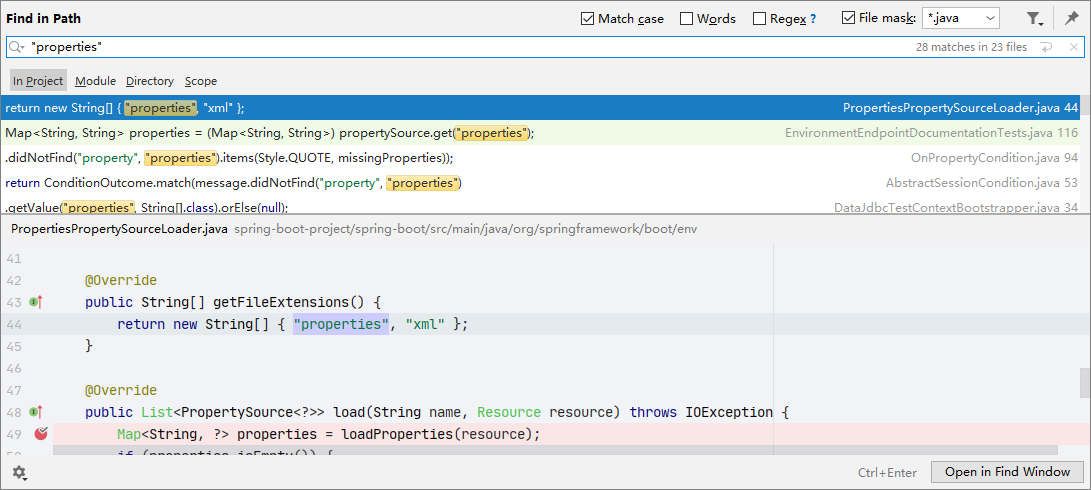
我们以
yml为例打上断点开始源码追踪
看到调用堆栈
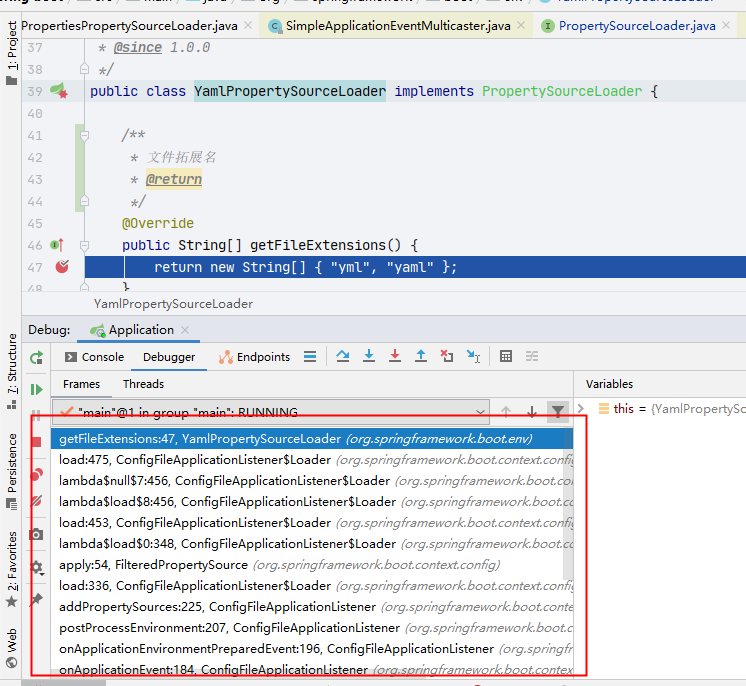
- 一步一步回上去看如何调用具体方法的
ConfigFileApplicationListener
- 配置文件监听器
调用过程
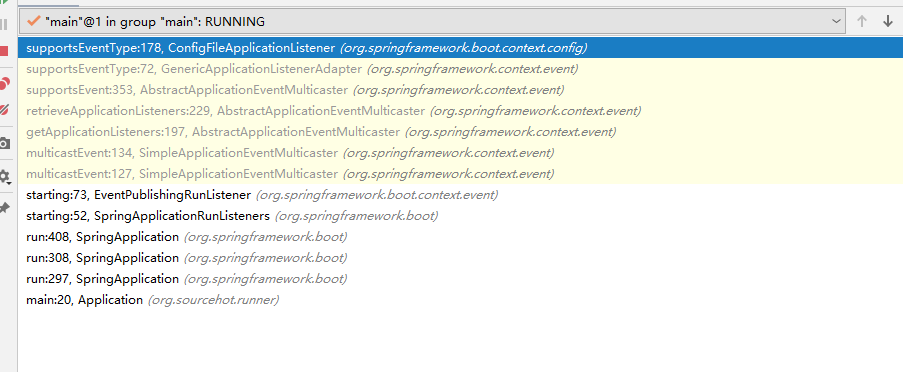
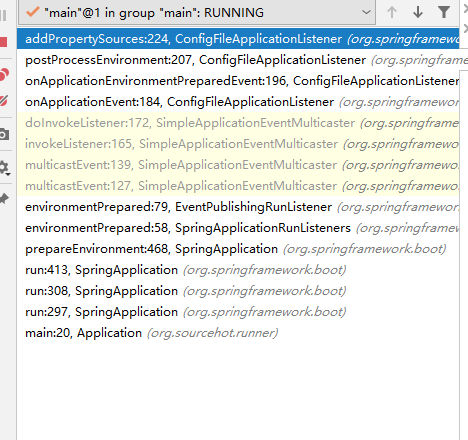
org.springframework.boot.context.config.ConfigFileApplicationListener#addPropertySources
protected void addPropertySources(ConfigurableEnvironment environment, ResourceLoader resourceLoader) {RandomValuePropertySource.addToEnvironment(environment);// 加载器加载信息new Loader(environment, resourceLoader).load();}
Loader
- 配置资源加载器
构造方法
Loader(ConfigurableEnvironment environment, ResourceLoader resourceLoader) {// 环境配置this.environment = environment;// 占位符处理器this.placeholdersResolver = new PropertySourcesPlaceholdersResolver(this.environment);// 资源加载器this.resourceLoader = (resourceLoader != null) ? resourceLoader : new DefaultResourceLoader();// 配置信息加载器初始化this.propertySourceLoaders = SpringFactoriesLoader.loadFactories(PropertySourceLoader.class,getClass().getClassLoader());}
熟悉的老朋友
this.propertySourceLoaders = SpringFactoriesLoader.loadFactories(PropertySourceLoader.class, getClass().getClassLoader()), 看看spring.factories有什么搜索目标:
org.springframework.boot.env.PropertySourceLoader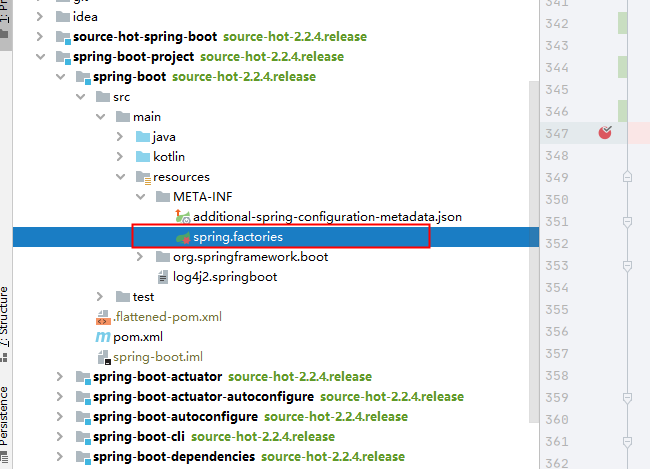

观察发现里面有一个YamlPropertySourceLoader和我们之前找 yml 字符串的时候找到的类是一样的。说明搜索方式没有什么问题。
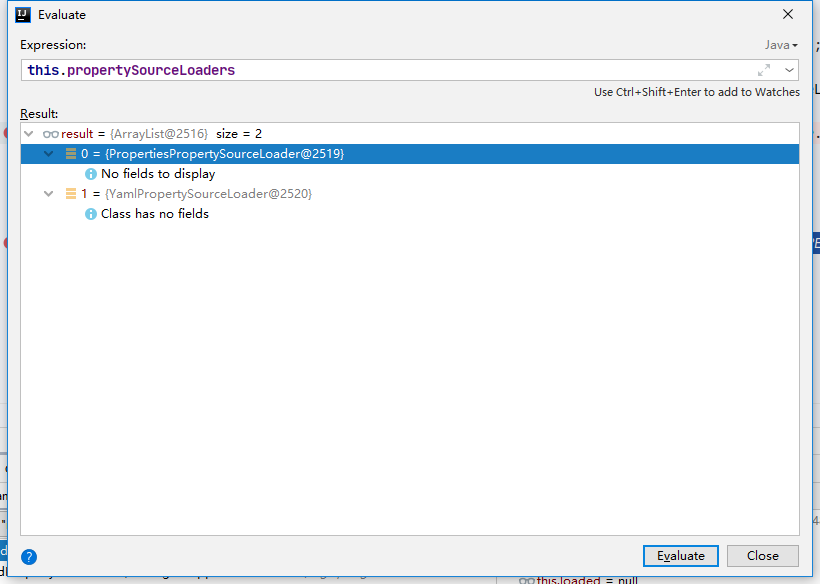
初始化完成,后续进行解析了
load 方法
void load() {FilteredPropertySource.apply(this.environment, DEFAULT_PROPERTIES, LOAD_FILTERED_PROPERTY,(defaultProperties) -> {this.profiles = new LinkedList<>();this.processedProfiles = new LinkedList<>();this.activatedProfiles = false;this.loaded = new LinkedHashMap<>();// 初始化配置文件initializeProfiles();while (!this.profiles.isEmpty()) {Profile profile = this.profiles.poll();if (isDefaultProfile(profile)) {addProfileToEnvironment(profile.getName());}load(profile, this::getPositiveProfileFilter,addToLoaded(MutablePropertySources::addLast, false));this.processedProfiles.add(profile);}load(null, this::getNegativeProfileFilter, addToLoaded(MutablePropertySources::addFirst, true));addLoadedPropertySources();applyActiveProfiles(defaultProperties);});}
initializeProfiles
- 初始化
private Deque<Profile> profiles;属性 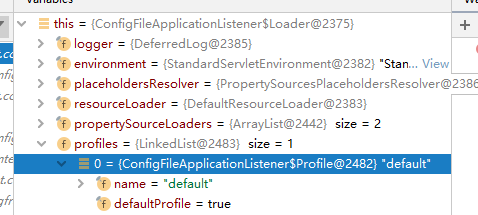
load
org.springframework.boot.context.config.ConfigFileApplicationListener.Loader#load(org.springframework.boot.context.config.ConfigFileApplicationListener.Profile, org.springframework.boot.context.config.ConfigFileApplicationListener.DocumentFilterFactory, org.springframework.boot.context.config.ConfigFileApplicationListener.DocumentConsumer)
private void load(Profile profile, DocumentFilterFactory filterFactory, DocumentConsumer consumer) {getSearchLocations().forEach(// 本地路径(location) -> {// 是不是文件夹boolean isFolder = location.endsWith("/");// 文件名,默认applicationSet<String> names = isFolder ? getSearchNames() : NO_SEARCH_NAMES;// 循环加载names.forEach((name) -> {load(location, name, profile, filterFactory, consumer);});});}
- 资源路径可能性

该方法采用循环每个路径下面都去尝试一遍
- 中间过程省略,我们直接看最后的加载行为
org.springframework.boot.context.config.ConfigFileApplicationListener.Loader#loadDocuments
private List<Document> loadDocuments(PropertySourceLoader loader, String name, Resource resource)throws IOException {// 文档的缓存keyDocumentsCacheKey cacheKey = new DocumentsCacheKey(loader, resource);// 文档信息List<Document> documents = this.loadDocumentsCache.get(cacheKey);if (documents == null) {// 执行加载,将配置文件读取返回List<PropertySource<?>> loaded = loader.load(name, resource);// 数据转换documents = asDocuments(loaded);// 缓存设置this.loadDocumentsCache.put(cacheKey, documents);}return documents;}
此处的loader.load()调用具体的 loader 实现类进行执行方法
yml 解析
@Overridepublic List<PropertySource<?>> load(String name, Resource resource) throws IOException {if (!ClassUtils.isPresent("org.yaml.snakeyaml.Yaml", null)) {throw new IllegalStateException("Attempted to load " + name + " but snakeyaml was not found on the classpath");}// 将资源转换成集合对象List<Map<String, Object>> loaded = new OriginTrackedYamlLoader(resource).load();if (loaded.isEmpty()) {return Collections.emptyList();}List<PropertySource<?>> propertySources = new ArrayList<>(loaded.size());for (int i = 0; i < loaded.size(); i++) {String documentNumber = (loaded.size() != 1) ? " (document #" + i + ")" : "";// 放入返回结果中propertySources.add(new OriginTrackedMapPropertySource(name + documentNumber,Collections.unmodifiableMap(loaded.get(i)), true));}return propertySources;}
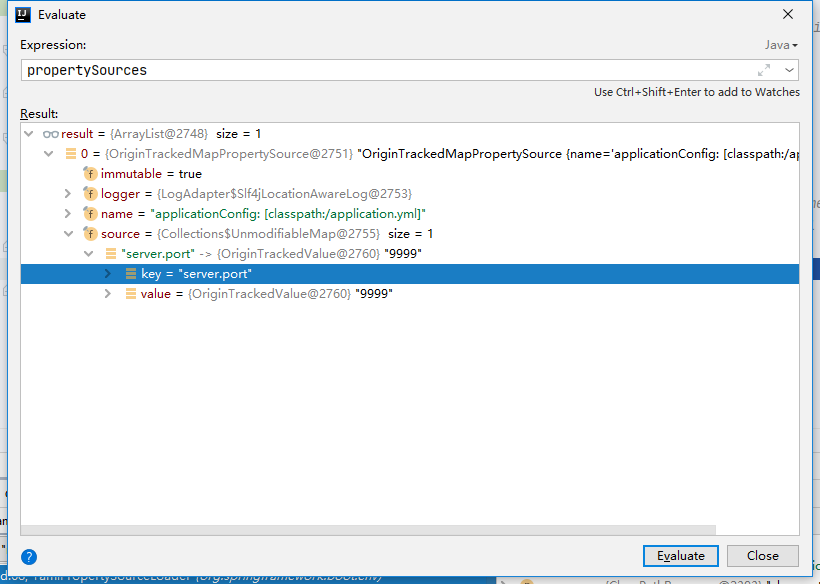
PropertiesPropertySourceLoader解析同理不在次展开描述了
asDocuments
/*** 将 {@link PropertySource} 转换成 {@link Document}* @param loaded* @return*/private List<Document> asDocuments(List<PropertySource<?>> loaded) {if (loaded == null) {return Collections.emptyList();}return loaded.stream().map(// 循环创建新对象(propertySource) -> {// 对象创建Binder binder = new Binder(ConfigurationPropertySources.from(propertySource),this.placeholdersResolver);/*** 通过 {@link Binder} 将数据进行绑定,创建 {@link Document}进行返回*/return new Document(propertySource, binder.bind("spring.profiles", STRING_ARRAY).orElse(null),getProfiles(binder, ACTIVE_PROFILES_PROPERTY),getProfiles(binder, INCLUDE_PROFILES_PROPERTY));}).collect(Collectors.toList());}

